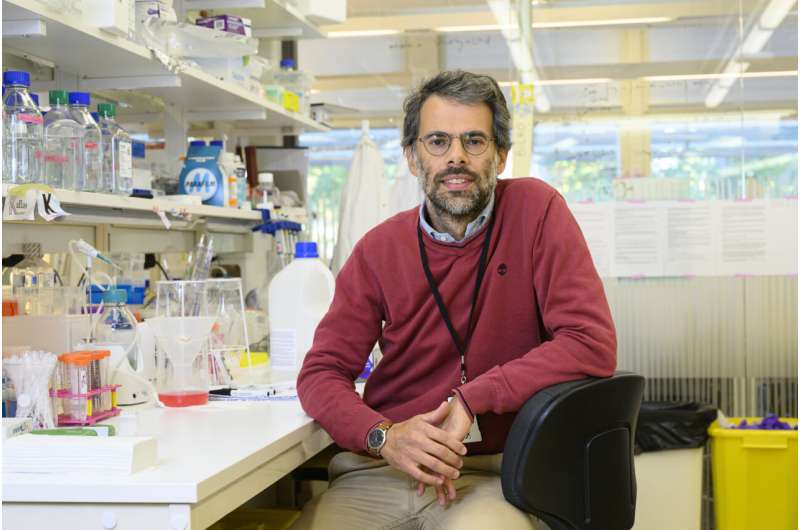
Researchers at Karolinska Institutet in Sweden have developed a technology for cost-effective surveillance of the global spread of new SARS-CoV-2 variants. The technique is presented in the scientific journal Nature Communications.
Since the onset of the pandemic, thousands of viral genomes have been sequenced to reconstruct the evolution and global spread of the coronavirus. This is important for the identification of particularly concerning variants that are more contagious, pathogenic, or resistant to the existing vaccines.
For global surveillance of the SARS-CoV-2 genome, it is crucial to sequence and analyze many samples in a cost-effective way. Therefore, researchers in the Bienko-Crosetto laboratory at Karolinska Institutet and Science for Life Laboratory (SciLifeLab) in Sweden have developed a new method, COVseq, that can be used for surveillance of the viral genome on a massive scale at a low cost.
First, many copies of the viral genome are created using so-called multiplex PCR (polymerase chain reaction). The samples are then labeled and pooled together in the same sequencing library, using a previous method developed in the Bienko-Crosetto laboratory and now adapted for SARS-CoV-2 analysis.
“By performing reactions in very small volumes and pooling together hundreds of samples into the same sequencing library, we can sequence potentially thousands of viral genomes per week at a cost of less than 15 dollars per sample,” says Ning Zhang, postdoctoral researcher at the Department of Medical Biochemistry and Biophysics, Karolinska Institutet and co-first author together with Ph.D. students Michele Simonetti and Luuk Harbers at the same department.
Comparative analyses of 29 SARS-CoV-2 positive samples revealed that COVseq had a similar ability as the standard method to identify small changes in the genome. Analyses of 245 additional samples showed that COVseq also had a high ability to detect emergent coronavirus variants of potential concern. The key advantage of COVseq over existing methods is cost-effectiveness.
“Our inexpensive method could immediately be used for SARS-CoV-2 genomic surveillance by public health agencies and could also be easily adapted to other RNA viruses, such as influenza and dengue viruses,” says Nicola Crosetto, senior researcher at the Department of Medical Biochemistry and Biophysics, Karolinska Institutet, and last author of the paper.
Karolinska Institutet

